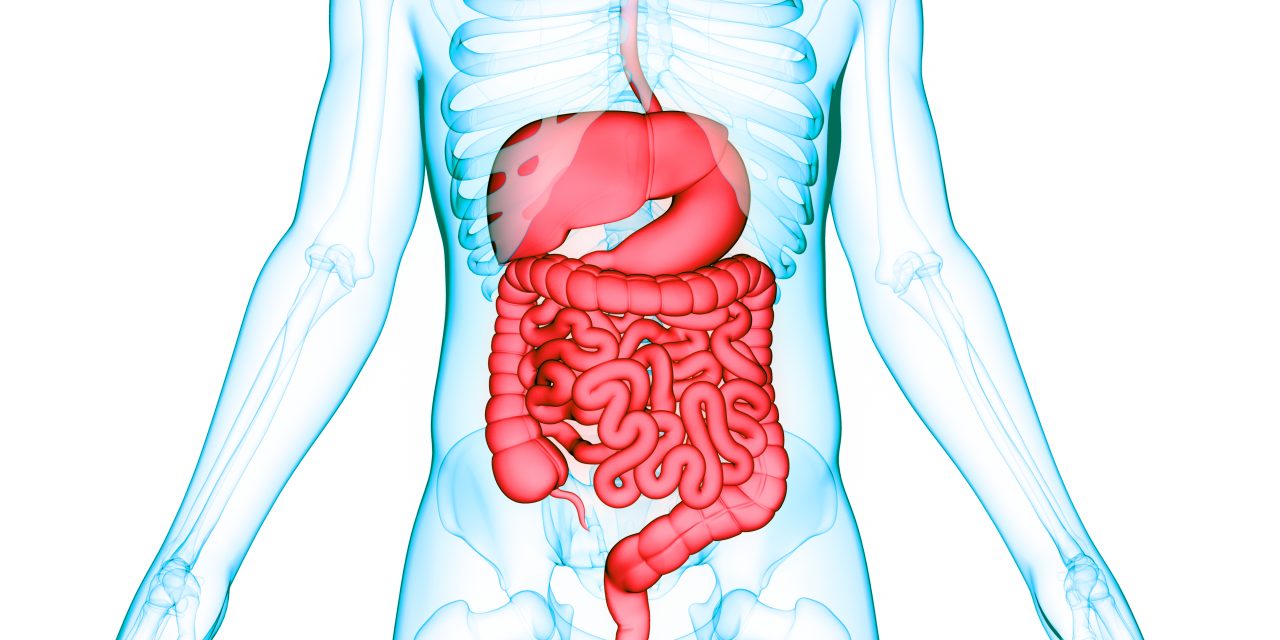The present study was conducted to evaluate the usefulness of capillary electrophoresis (CE), cation-exchange high-performance liquid chromatography (HPLC), and matrix-assisted laser desorption/ionization time-of-flight (MALDI-TOF) mass spectrometry (MS) for the screening of hemoglobin (Hb) variants prevalent in southern China.
A total of 102 types of Hb variants in 1,083 variant carriers were identified over a 5-year period. These variants were analyzed by a CE method (Capillarys 3 TERA), a cation-exchange HPLC analyzer (Variant II Turbo 2.0), and a MALDI-TOF MS system (QuanTOF).
The presence of 85 (83.3%, 85/102), 84 (82.4%, 84/102), and 62 (60.8%, 62/102) Hb variants was detected by Capillarys 3 TERA, Variant II Turbo 2.0, and QuanTOF, respectively. Of the three methods, only Capillarys 3 TERA recognized all 10 of the most frequent Hb variants in southern China. There were six, two, and three Hb variants that can only be detected by Capillarys 3 TERA, Variant II Turbo 2.0, and QuanTOF, respectively. The detection limit of mass difference for QuanTOF was approximately 11 to 20 Da.
MALDI-TOF MS is suitable for use as an auxiliary method rather than a stand-alone method for the screening of Hb variants prevalent in southern China.
© American Society for Clinical Pathology, 2021. All rights reserved. For permissions, please e-mail: journals.permissions@oup.com.
A Comparative Evaluation of Capillary Electrophoresis, Cation-Exchange High-Performance Liquid Chromatography, and Matrix-Assisted Laser Desorption/Ionization Time-of-Flight Mass Spectrometry for the Screening of Hemoglobin Variants.


